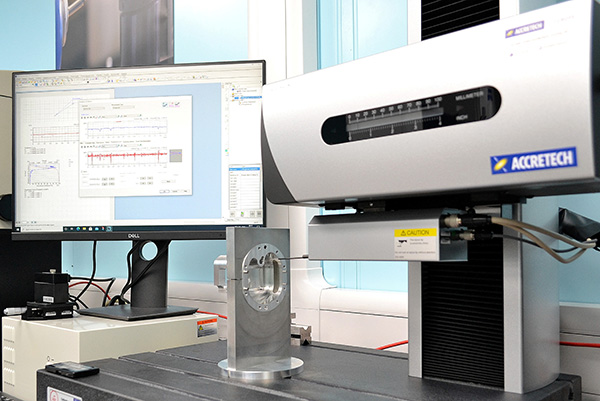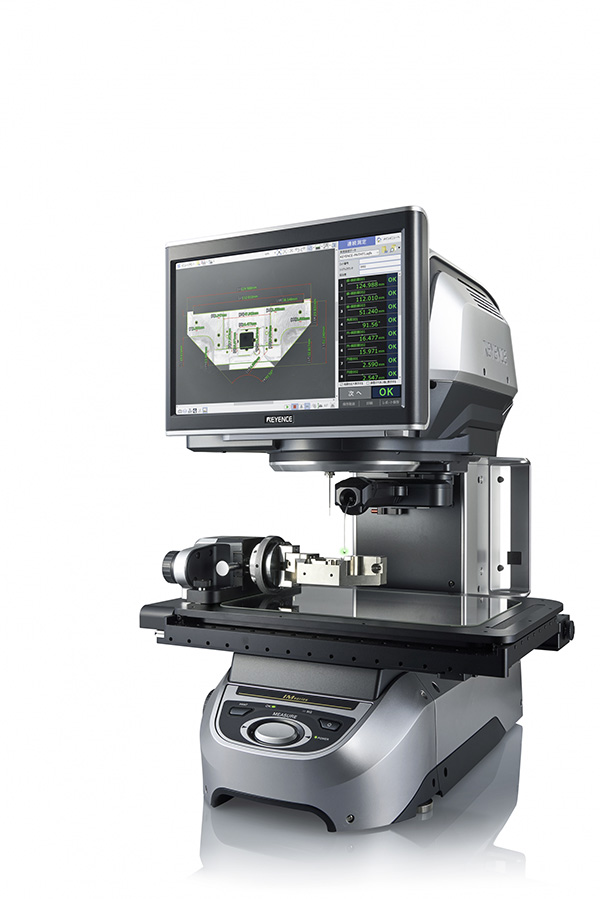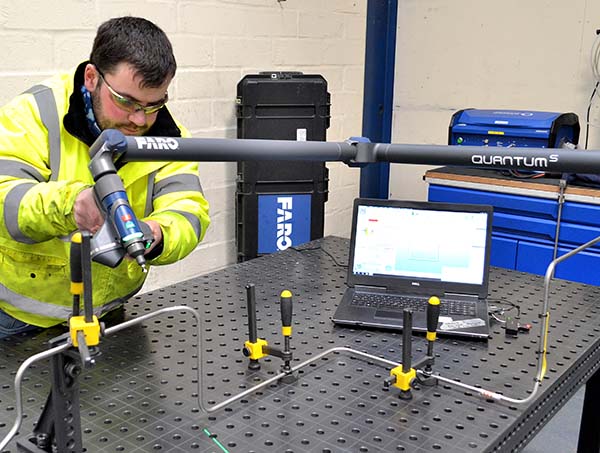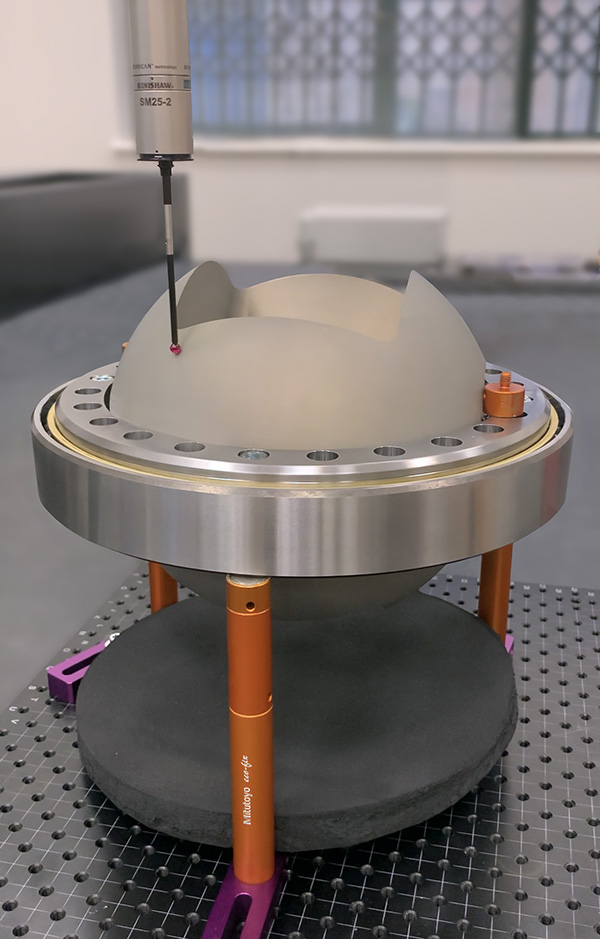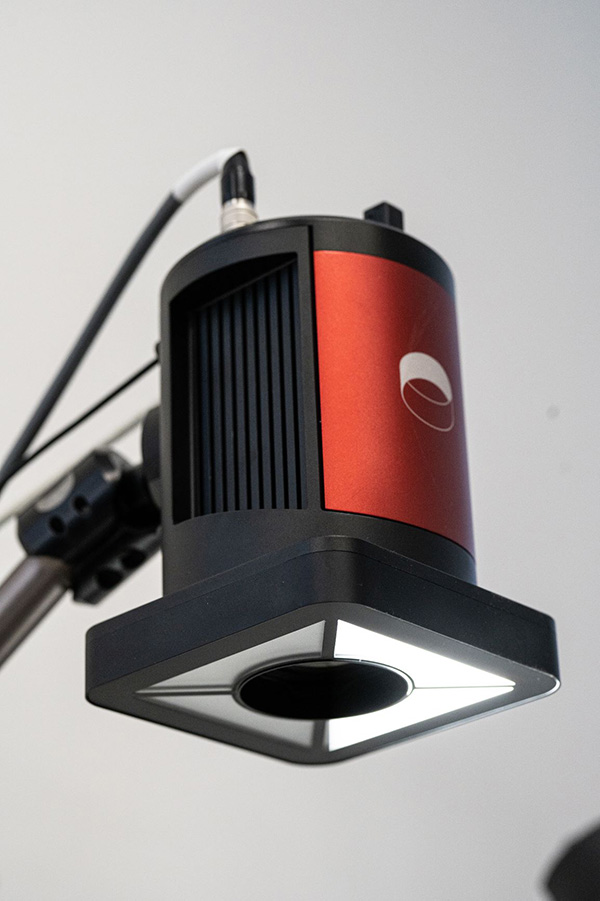
After recently purchasing an Accretech Surfcom NEX100 surface roughness and contour measuring instrument, Huddersfield-based Reliance Precision is gaining significant advantages.
Head of metrology at Reliance Precision, David Torr, says: “Now in regular use, the NEX100 is able to measure surface roughness and contour in a single pass, satisfying our need for increased inspection efficiency while making a significant contribution to upholding our precision standards. Although it was purchased through Zeiss, trouble-free installation and operator training was provided by Accretech UK.”
The NEX100 performs three functions: roughness, contour and roughness/contour measurements. Notably, the machines are available with a range of sensors covering all functions, or with detectors dedicated to specific needs.
Further aiding flexibility and speed of inspection, Surfcom NEX series machines are now available with the world’s first hybrid detector featuring dual-sensor technology (as specified by Reliance Precision). Unlike conventional detectors, Accretech’s new technology has a high-accuracy linear Z scale for wide-range measurements, and high-resolution differential inductance for narrow-range measurements. The system’s Z axis has an indication accuracy of ±(1.0+|2H|/100) μm, which represents a 60% improvement for first-term accuracy when compared with Accretech’s previous models.
Describing the co-operation between Zeiss Industrial Metrology and Accretech in the UK, the latter’s regional director for north Europe, Tim Wood, says: “This project illustrates the synergy between each business’ high-precision products. As with all previous sales, the staff of Accretech were pleased to assist Zeiss in ensuring an efficient installation. All training took place at Reliance Precision.”
For further information
www.accretech.eu






